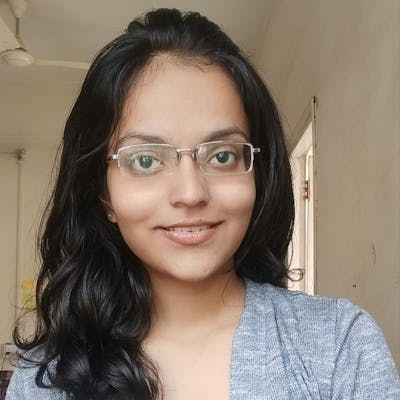Flutter Fundamentals
Flutter is quickly becoming the world's most popular cross-platform framework. It's because of its awesome developer experience and ability to ship high-quality apps on multiple platforms. One of the most beautiful features of flutter is that it's 100 times faster to refactor your code in flutter and along with this there are tons of productivity boosters like this.
Now after installing flutter the first step that comes is to create a project and for this one can use this command: flutter create projects_name, eg: in the terminal type flutter create instagrame_clone. After that open it in the vs code and make sure that you have the flutter extension installed. Now to run the flutter app the command used is flutter run. Also, note that your application code will be found in main.dart file. Also, there is an option of hot reload in flutter means after running your application if you want to reload it you can type r/R in the terminal. Hot reload allows you to see the instantaneous changes in the UI without having to rebuild the app.
Now to understand flutter in depth the first line has imported the material package this gives you access to hundreds of prebuilt widgets in your code ranging from low-level building blocks like texts to complex UI elements like a page view that performs animation and layout. So as a flutter developer, the main skill that you need to build is to learn how to combine these widgets together into a tree-like structure to create a complex UI. Also, note that there is always a main function in that main.dart file where the program starts executing. Flutter has a global function as runApp() it takes a single widget as its argument and will inflate that widget to the screen. Also one can refer to flutters' official documentation as every important detail are been described in it.
